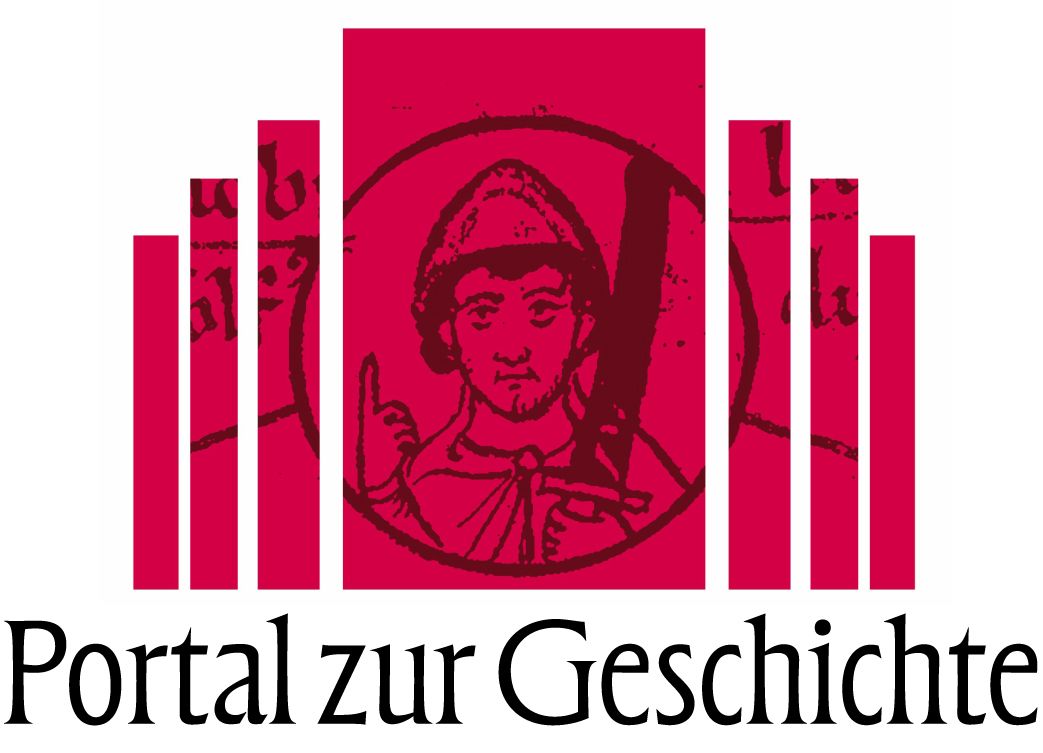Tägliches Überleben
Öffnungszeiten
Donnerstag bis Sonntag
13:00 bis 17:00 Uhr
Portal zur Geschichte e.V.
Vorsitzende Heidemarie Meyer
Brunshausen 7
37581 Bad Gandersheim
Tel.: 05382 95 56 47
E-Mail: info@portal-zur-geschichte.de
Vereinsregister: VR 120137
Amtsgericht Brauschweig
Steuer Nummer: 21/216/06127
Copyright 2025
All Rights Reserved / Portal zur Geschichte e.V.
Webdesign: Ulrike Raasch / www.raaschart.de
